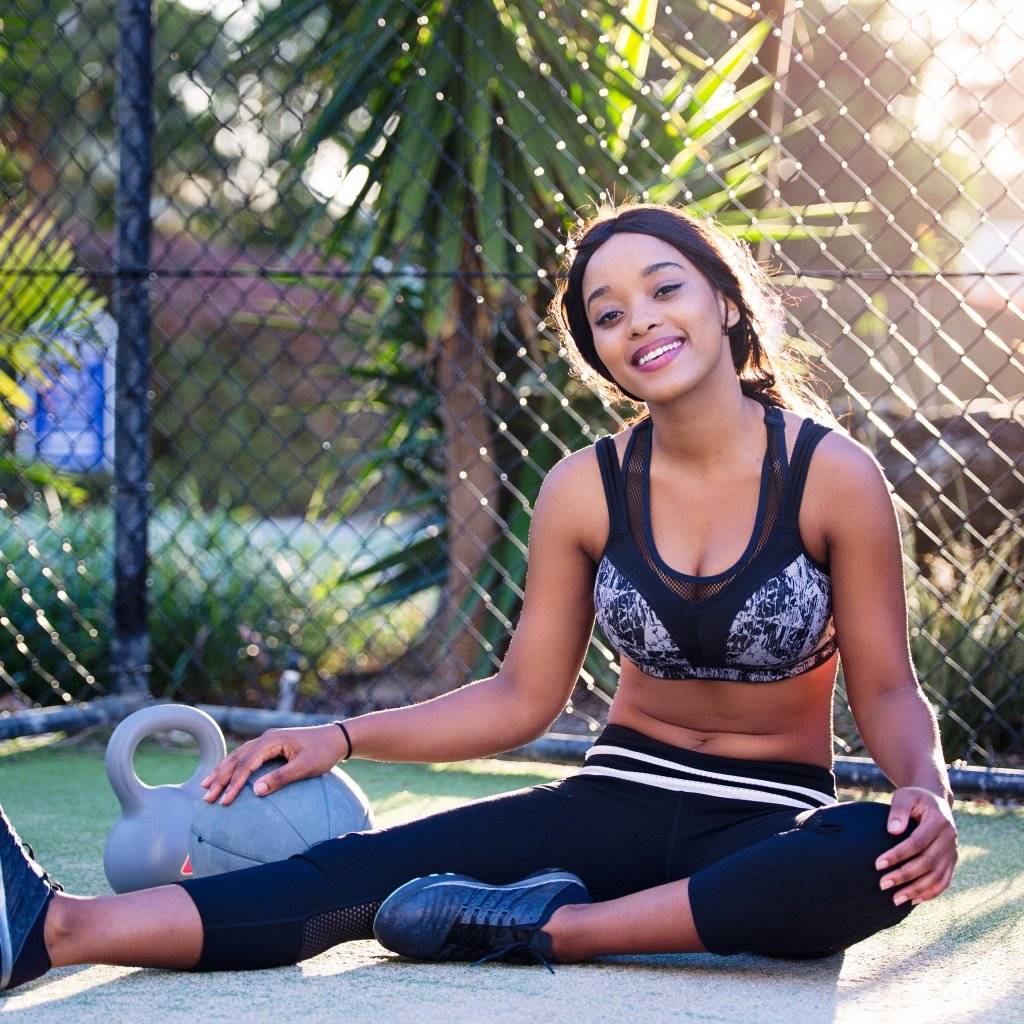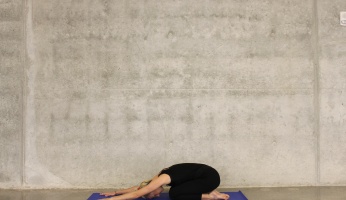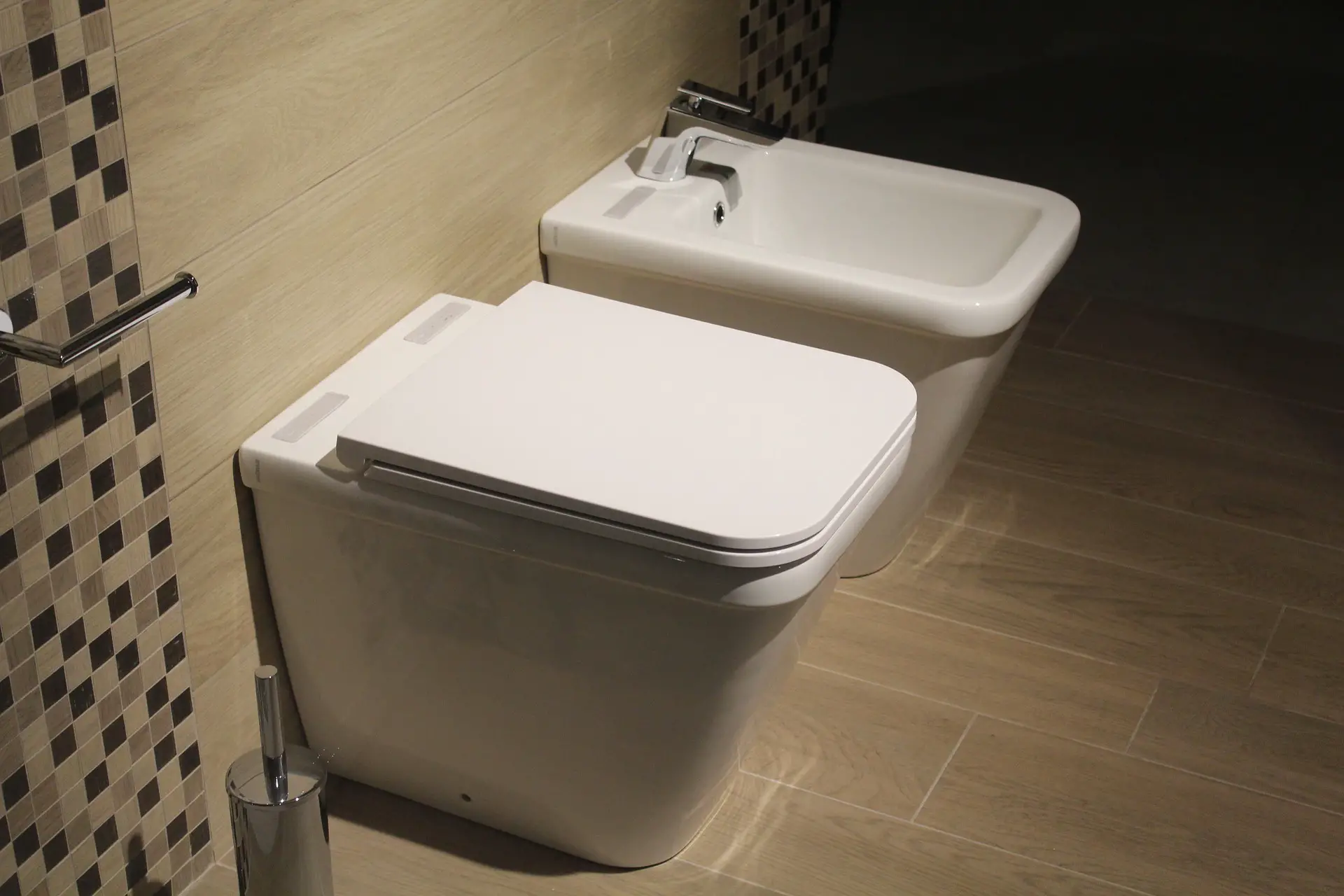Walking for Exercise: A Beginners Guide
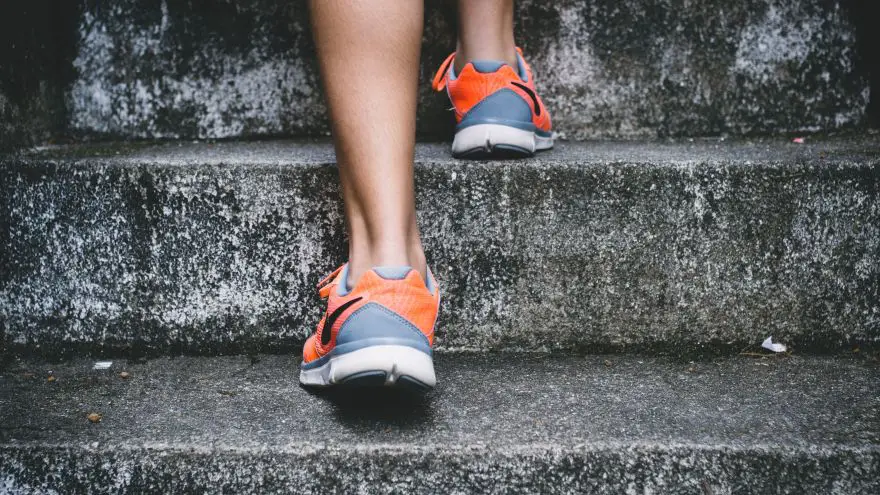 Walking for Exercise: A Beginners Guide
thegearhunt.com
Walking for Exercise: A Beginners Guide
thegearhunt.com
Every day you see people walking, running, or jogging for exercise. Each time do you find yourself saying quietly, “I wish that was me!”?
Walking is something that you do on a daily basis, so this does not seem like exercise to you. The prospect of going outside and just going for a walk can seem like too much work or too time-consuming. Especially for something that you think may not help you in the long run. You will make excuses for yourself, like not enough time, don’t have the energy, or simply just don’t feel like it. Well in this blog we are going to talk about ways that you could be that person you see, and it doesn’t take much to get you started. In the end, by making this part of your daily routine, you could benefit both physically and mentally from walking.
Check with Your Doctor

Before starting a program, you are going to want to check with your primary care physician if you have any concerns about your health. If you have or may have any of the following, you will definitely want to follow up with your doctor first.
- You have been sedentary for over a year
- Diagnosed with heart trouble of any kind
- Diabetes
- You have had or experience any type of chest pain, especially when exerting yourself physically
- Feeling faint or dizzy when doing simple tasks
- Other medical conditions could include: pregnancy, high blood pressure
Once you and your doctor have concluded that walking could be a benefit for you, it is time to consider the main goal or reason that you want to start. Remember, depending on what you decide, it will take time and effort, for starting a daily program will not show you results overnight. Frustration will be expected in the beginning, and the temptation to quit will be there.

Physical Benefits of Walking:
General Health Benefits
This reason would require you to walk around 30 minutes a day, for most of the week. You don’t want to rush, you want your breathing elevated, but you could walk with someone and still be able to carry on a conversation. Most people like this idea, because working with someone can make the time go by faster and not seem like a chore to do each day.
Cardiovascular Fitness
This would require you to walk 3 to 4 days a week, around 20 to 30 minutes at a very quick pace. With this pace, you are breathing harder but still not gasping for air. Warming up and cooling down before and after is recommended for this pace.
Weight Loss
Weight loss would require probably a regime of 45 to 60 minutes at least 5 days a week at a quick to brisk pace. You would want to increase how far you go and your pace slowly to prevent injury, but walking faster will burn more calories in the same amount of time. Your breathing will be much quicker, but if you are gasping for air, you are going to fast for yourself and may have to slow down or limit how far you go until you don’t have to gasp for air.
Mental Benefits of Walking
Release endorphins
This process can help you get rid of constant worry or apprehension. Basically, this will help lighten your mood.
Alleviate Clinical Depression
Your body shows your signs of anxiety, and walking can help lessen these signs and symptoms. The constant worry and trivial strain that comes with anxiety will be lessened and help your mind rid yourself of those anxieties.
Isolation
Many people have a fear of being in groups, or even with a companion. Walking can help you overcome this fear just by being around other people or going past others in a brief moment.
Sleep
Walking can help sleeping problems such as sleep apnea, restless leg syndrome, narcolepsy, and insomnia. Walking is a physical form of activity, and when your body exerts that energy, your body needs to recoup, so this helps you relax and need the sleep for your body to rejuvenate itself.
Thinking clearer
The process of rational thought can be heightened or boosted, so that you may make clearer and more precise decisions without a doubt.
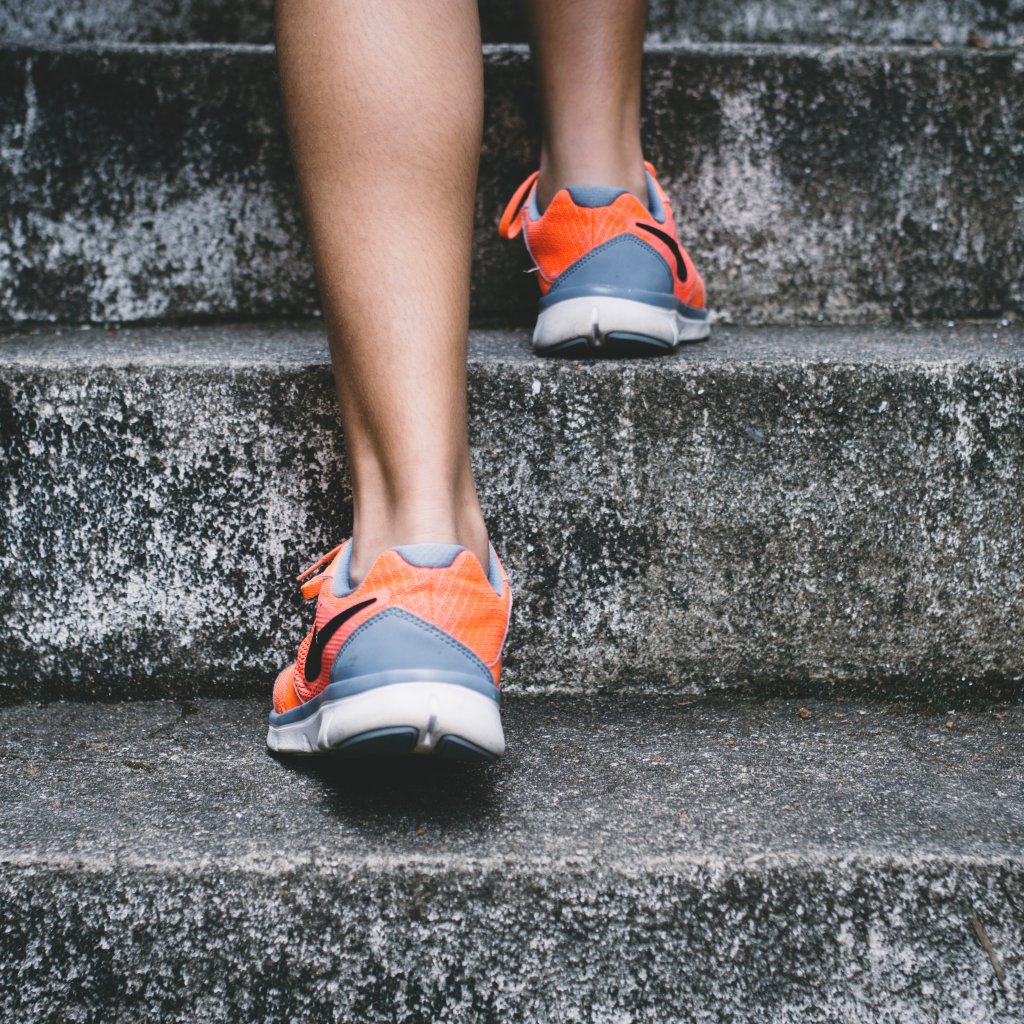
Steps to Start
Now that you made your decision, it is time to get yourself ready and make a plan that fits your goals. Follow the helpful tips listed next and you will be on your way, but remember to succeed, you first need the faith in yourself that you can do it.
Plenty of Water
Be sure to drink plenty of water before, during, and after walking. Get yourself a trusty water bottle that you can clip to yourself if outside, or one you can take to the gym with you that keeps water at a good temperature. Staying hydrated is the best thing for you, but you also don’t want to over-hydrate yourself either. Small sips frequently are sufficient, if you drink too much too fast, you can end up getting sick to your stomach.
Decent Pair of Walking Shoes and Clothing
Ideally you would want to go to a shop that will do an analysis of your gait to help you select the right pair of shoes for your foot type, however realistically not everyone can do or afford that. So try to go a half size up from your regular shoes since your feet will tend to swell when you exercise. You would like a pair of high-quality sneakers with good tread on the bottom for traction. A well-cushioned shoe with a roomy toe area is the best for walking, especially for anyone who develops corns and bunions when walking for extended periods of time.
Clothing is important, in that you will tops and bottoms that are made in moisture-wicking fabrics, this will soak up your sweat so that you will be dry and comfortable. You will want to choose styles with some stretch to it so that it never pinches you if you decide to increase your stride or do uphill. Layer up for cold weather, but have clothing that you can take off and tie around you once your body starts to warm up from the workout that you are doing.
Posture
Walk tall everyone, think of holding your head up and eyes forward. You will want your shoulders to be down, back and relaxed. Tighten your muscles in your stomach/abdomen, buttocks and let your body fall into a natural stride. It may not seem natural at first, but once you do this for several days in a row, it will seem second nature to you.
Set Realistic Goals
At first, keep a pace that is comfortably challenging for you, don’t overdo it. After a few weeks of doing what is comfortable for you, incorporate some changes. This could be doing speed bursts for a few seconds at a time, this could be speeding up your pace for minutes, then backing down to your comfort level. If you vary your pace, you will burn more calories than if you were to keep the same pace at all times.
Starting slowly with simple steps will help you make this part of your daily routine:
- Stretching will make you feel great and assist in injury prevention.
- Start with a slow 10-minute walk, then gradually increase the length of your walks. Increasing the length of your walk to work yourself up to a goal of 30-60minute walks for those of you that choose the physical benefits of walking.
- Take a walk at lunch or eat at a park and walk during your break.
- Take the stairs instead of the elevator.
- Park your vehicle further from the entrance to a store or building.
- Get off the bus or train a few stops before your destination and walking the rest of the way.
- Walk the kids to school each day.
- Walk to do errands or short-distant trips. Consider walking every time you plan to use your car for those instead of driving.
Prepare for discomfort/pain
Any time you start a new routine, aches and pains are going to be common to your body. You will start to feel it in the muscles surrounding your buttocks, thighs, and calves. This is why stretching before and after is recommended. Icing the area should help alleviate some of the soreness, however, if taking a day off or icing does not help, see a doctor to consult on what is best for you. The last thing you want to do is more damage to your body and you think it was nothing.
Motivation
Once you start a regime, it is hard to stay motivated at any level. Some people give up easily because they are not seeing changes in their body, all they feel is the pain and struggle and give up. A couple of things that can help with motivation are:
- Walking with someone else, the company and talking with someone can make the time to seem to go by faster than walking alone.
- Take the dogs for a walk with you, then you have a reason to go for the walk and it helps the dogs as well.
- Use an MP3 Player, iPod or some other musical listening device. This will let you put on any music that makes you feel in a good mood, and sometimes singing along makes it go by really fast. Listening to music has been proven to relieve stress and by adding that to your workout it can double your results in mind.
Where to Walk
Now that you know what is in store for you and what you would like to do, the next decision is whether you want to purchase a treadmill or a gym membership, or simply just walk outside.
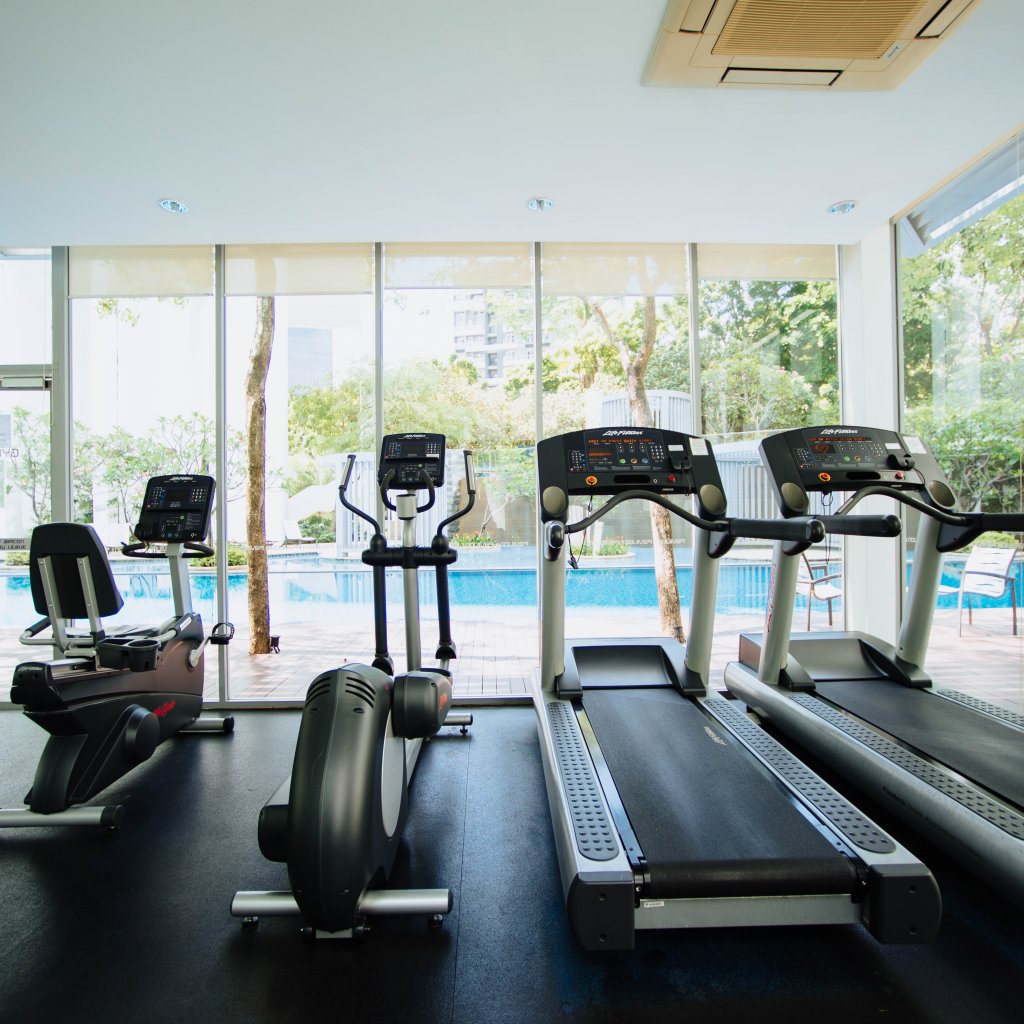
Treadmills
Treadmills are an awesome tool to have in your home, as long as you have the space to put it. The treadmill gives you the best option for a flat surface consistently, meaning the surface area never changes. This is good for your knees and ankles because it is never changing. Some treadmills offer options for incline, running, and a variety of speeds. This can give you a great work out at home, however, can be costly depending on what type of machine you decide to get. If you decide against walking, then you are stuck with a machine in your house and can come to regret your decision. If you choose in the future to add to your walking, like weights, you would have to purchase these to have in your home. However being in your home, means that you don’t have the weather elements to stop you from going on your walk either.
Gym Membership
While a gym membership can be costly, it does give you the option of different types of machines for walking. Some of them have the incline option readily available which you can set to what you would like; ie a hill or mountain for those ambitious enough. At the same time, while in the gym you have access to the weights if you want to add to your work out, or the constant access to water and someone’s help if needed. However the downside to this can be for anyone who is self-conscious, the constant looks from people and watching others achieve what you want or how you want to look, can cause your mind to talk you out of continuing. It can be for some a stressful situation. This also takes into account, that you can go at anytime, no matter the weather.
Walking Outside
Walking outside may not be the best for flat ground and can wear more on your body, however you don’t have the cost of the machine, which comes with constant changing of speeds, or the price of a gym membership if you are someone who can’t afford it. Outside gives you the fresh air, the option to stop and start at your leisure, and speed up and slow down when needed without everyone looking at you. Yes you will have the weather element always against you in some form or another, and this could deter you from continuing, some people stop all together because of cold weather, rain, or its just too hot.
In conclusion, depending on what you decide, no choice can be wrong as long as you have the will and desire to keep up with your health. Walking can be a great thing for both body and mind. Remember to consult your doctor if you are having problems walking, or there is some pain that will not go away. Hopefully, once you make your decision, you will continue and let nothing stand in your way to a healthier mind and body experience. In other words, walk your way to feeling great!
Sources:
- Verywell Fit: How to walk for beginners
- The Walking Site: Beginner
- Prevention: How to start walking for weight loss





